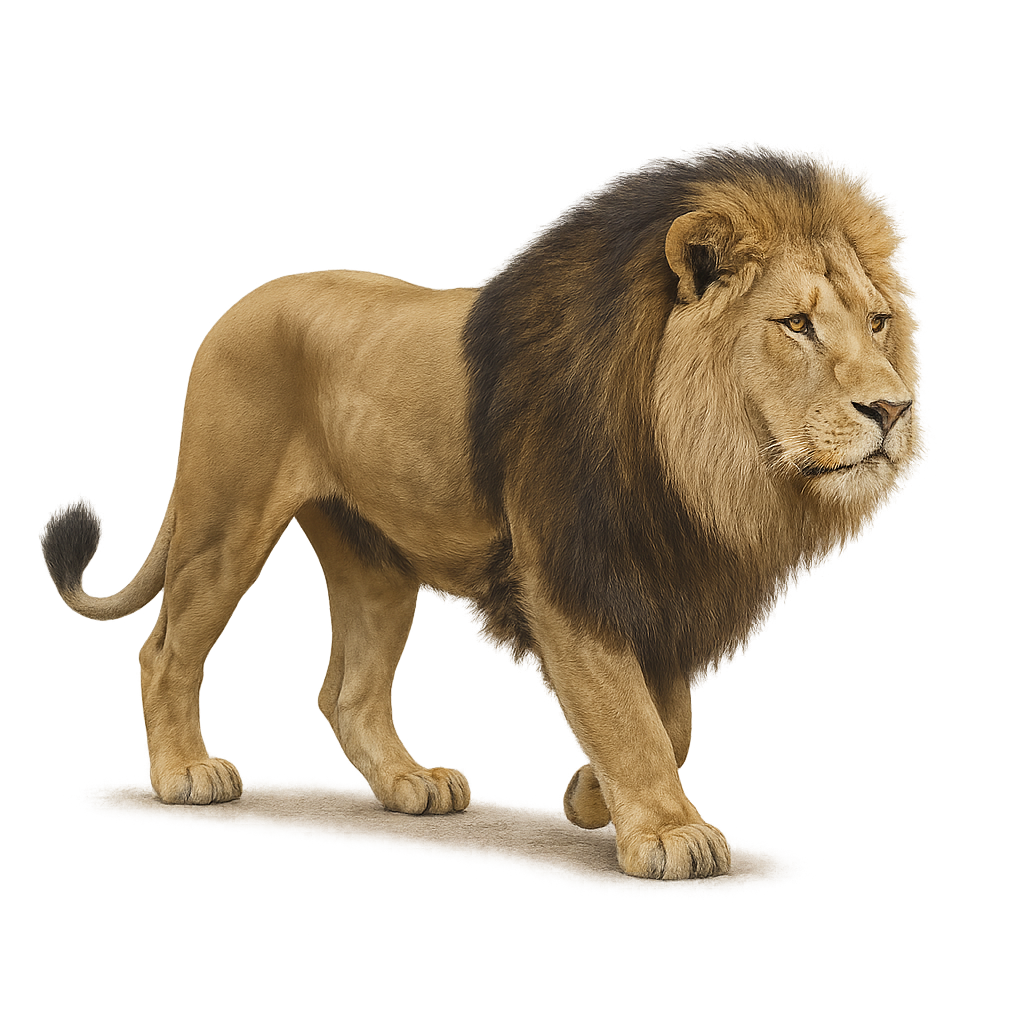Your wildlife photography guide.
Explore the asiatic lion in detail, study its behavior, prepare your shots.
Where to observe and photograph the asiatic lion in the wild
Learn where and when to spot the asiatic lion in the wild, how to identify the species based on distinctive features, and what natural environments it inhabits. The WildlifePhotographer app offers tailored photography tips that reflect the asiatic lion’s behavior, helping you capture better wildlife images. Explore the full species profile for key information including description, habitat, active periods, and approach techniques.
Asiatic Lion
Scientific name: Panthera leo persica

IUCN Status: Endangered
Family: FÉLIDÉS
Group: Mammals
Sensitivity to human approach: Suspicious
Minimum approach distance: 50 m
Rut period: November to January
Gestation: 105-112 jours
Births: February to May
Habitat:
Dry forests, savannas, grasslands
Activity period :
Mainly active at night, generally discreet during the day.
Identification and description:
The Asiatic lion, or Panthera leo persica, is a subspecies of lion found primarily in the Gir Forest of India. Smaller than its African counterpart, it is distinguished by a less developed mane and a distinctive belly fold. Asiatic lions live in groups called prides, consisting of a few females and their cubs, while adult males are often solitary or in small groups. They primarily hunt ungulates such as sambar and chital. Although their population has increased due to conservation efforts, they remain endangered due to habitat loss and poaching.
Recommended lens:
400 mm – adjust based on distance, desired framing (portrait or habitat), and approach conditions.
Photography tips:
To photograph the Asiatic lion, it's essential to maintain a safe distance of at least 50 m to avoid disturbing the animal. Use a telephoto lens of 400 mm or more to capture detailed images without getting too close. The best times to observe them are early morning or late afternoon when temperatures are cooler and lions are more active. Be patient and wait for the lion to relax to capture natural and expressive shots.
The WildlifePhotographer App is coming soon!
Be the first to explore the best nature spots, track rutting seasons, log your observations, and observe more wildlife.
Already 1 430 wildlife lovers subscribed worldwide

